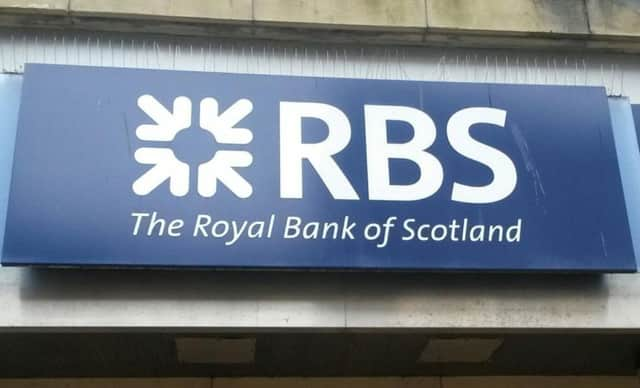Bank of England: Lenders could handle '˜disorderly' Brexit
This article contains affiliate links. We may earn a small commission on items purchased through this article, but that does not affect our editorial judgement.


But Barclays and Royal Bank of Scotland (RBS) have emerged as the weakest of the seven lenders tested and only passed thanks to action they have taken over the year to bolster their financial strength.
The Bank’s stress tests results showed the UK’s banking system could cope with an extreme economic stress scenario, equivalent to the worst possible outcome of the UK’s departure from the EU.
Advertisement
Hide AdAdvertisement
Hide AdBanks could absorb £350 billion of losses over the next few years and still lend to support the economy.
But the Bank warned that it would need to look at whether banks needed to boost their financial balance sheet strength in case a “disorderly” Brexit was to coincide with a wider severe global recession.
In its bi-annual Financial Stability Report, the Bank said: “In such circumstances, capital buffers would be drawn down substantially more than in the stress test and, as a result, banks would be more likely to restrict lending to the real economy.”
Governor Mark Carney said the Bank’s Financial Policy Committee was “taking action to ensure the financial system is resilient to a very broad range of risks so that the people of the United Kingdom can move forward with confidence that they can access the financial services they will need to seize the opportunities ahead”.
The Bank put seven of the biggest lenders through their paces - Lloyds Banking Group, Barclays, RBS, HSBC, Santander, Nationwide Building Society and Standard Chartered.
The doomsday scenario drawn up by the Bank for the test included a 33% fall in house prices, interest rates surging from 0.5% to 4% within two years, and the unemployment rate rising to 9.5% from its current rate of 4.3%.
Results of the Bank’s annual test came as it also published its Financial Stability Report, warning that a Brexit transition period of at least 18 to 24 months would be required to help maintain financial stability.
Mr Carney said: “We have said from the outset that, for financial institutions, a transition period of between 18 to 24 months would be the minimum necessary.
“The 24-month period remains a good estimate.”
Advertisement
Hide AdAdvertisement
Hide AdThe governor added that a disorderly Brexit is “in nobody’s interest”.
Mr Carney said he wanted banks, rather than households, to bear the biggest burden of a disorderly Brexit.
However, he added that “there will be an economic impact on households and business and there will be some pain associated with that”.
This would come in the form of low growth, a further fall in the value of the pound and higher interest rates.
“This is about dampening that,” he added.
The Bank’s report stated that, to preserve the continuity of existing cross-border insurance and derivatives contracts, UK and EU legislation would be required.
Six million UK policyholders, 30 million European Economic Area (EEA) policyholders, and around £26 trillion of outstanding uncleared derivatives contracts could otherwise be affected.
The Treasury is considering “all options for mitigating risks” to the continuity of outstanding cross-border financial services contracts, the report said.
